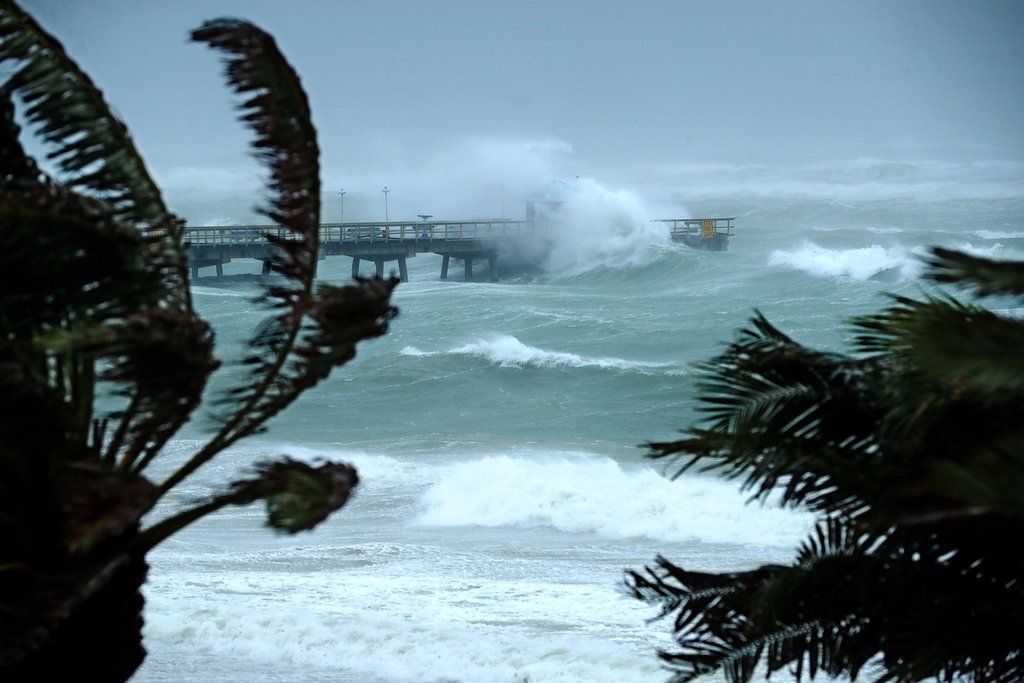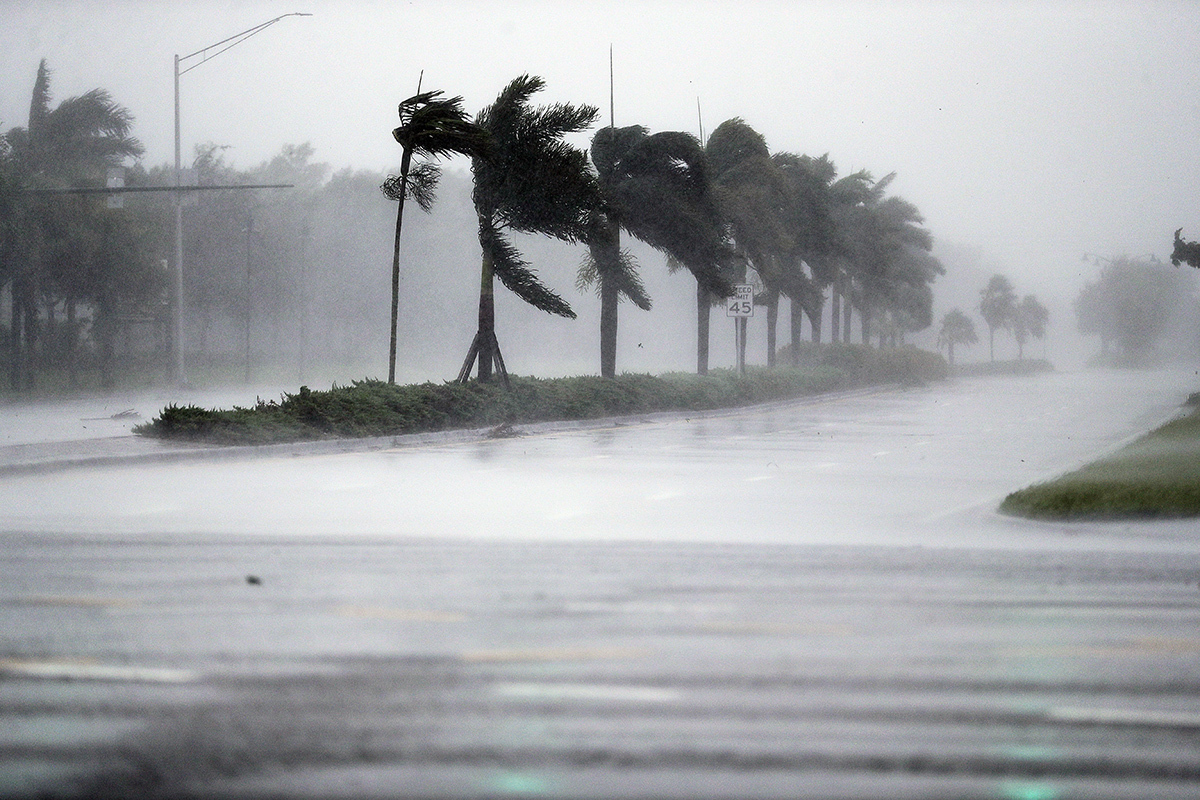
The whipping winds, torrential downpours, power outages, floods and resulting damage from the 2017 season are still so fresh in our minds. But nevertheless, here it is.
Hurricane season begins May 15 and ends Nov. 30, according to the National Weather Service. However, most of these storms hit between August and October, peak hurricane season on both coasts, according to the National Weather Service’s Climate Prediction Center.
The Insurance Journal has recently published several informational articles concerning the 2018 hurricane season. They address everything from statistics on last year’s damage to predictions for the 2018 hurricane season. But one article that is particularly informative, and aptly named, is What the Florida Industry Needs to Know for the 2018 Hurricane Season. This article discusses the forecast for 2018, Citizen’s position, flood insurance, and post-storm fraud awareness, and it also contains the following helpful preparation tips for insurance agencies:
Preparations
Irma served as a reminder to those in Florida of the widespread devastation a large hurricane can have on the state, particularly since it had been more than a decade since a storm of Irma’s magnitude had come through.
State officials, emergency management teams and the insurance industry have since used Irma as an opportunity to educate residents on the importance of preparation, mitigation and having proper insurance, and have spent the “offseason” getting that message out there.
Flood insurance, in particular, remains a key part of the discussion. Florida Insurance Commissioner David Altmaier and CFO Jimmy Patronis urged consumers to consider flood insurance this year.
“Hurricane Irma last year resulted in 1,778 private flood insurance claims … Taking steps now can help prevent major losses,” said Patronis.


Subtropical Storm Alberto became the first named storm of the 2018 season. It formed in May, just before the June 1 start of hurricane season. It dumped heavy rain on the southeastern United States.
Hurricane Beryl was been upgraded to a hurricane in June, making it the first hurricane of the 2018 Atlantic season.
Which cities get hit the most by hurricanes?
According to HurricaneCity, a hurricane-tracking website, here are the top 10 cities most frequently hit or affected by hurricanes since record-keeping began in 1871:
- Cape Hatteras, North Carolina: Every 1.36 years (affected by 108 hurricanes since 1871)
- Morehead City, North Carolina: Every 1.54 years
- Grand Bahamas Island, Bahamas: Every 1.62 years
- Cayman Islands (most affected area in the Caribbean): Every 1.72 years
- Wilmington, North Carolina: Every 1.72 years
- Great Abaco Island, Bahamas: Every 1.8 years
- Andros Island, Bahamas: Every 1.83 years (affected 80 times since 1871)
- Bermuda: Every 1.85 years (hit by hurricanes 36 times since 1871 and affected 79 times)
- Savannah, Georgia: Every 1.92 years
- Miami, Florida: Every 1.97 years (affected 74 times)
Suggested Hurricane Checklist
Assemble this now. Put aside in a special box. Keep heat-sensitive items inside home and rotate stock throughout season:
- Flashlights and extra bulbs
- Clock (wind-up or battery-operated)
- Battery-operated radio
- NOAA emergency weather radio
- Extra batteries
- Toilet paper
- Matches (camping stores have waterproof matches)
- Scissors
- Plastic garbage bags
- Working fire extinguisher
- Clean change of clothes, rain gear, sturdy swamp boots
- Fully charged battery-operated lanterns. Don’t use candles and kerosene lanterns. They are fire hazards.
- Map of the area
- List of phone numbers
- Copy of insurance policy
FOOD SUPPLIES
- Get enough nonperishable foods now to last two weeks. Then put them in a box and leave them alone. Note: Canned and other prepared foods that are salty or dry or high in fat or protein might make for good provisions, but they’ll also make you thirsty.
- Water: Enough for 1 gallon of drinking water per person/per day, for one-week minimum. Water for two weeks is ideal. (Also, figure another 1 gallon per person/per day of water for washing hands, flushing toilets and for pets.)
- Ice or dry ice
- Shelf-stable milk and juice boxes
- Canned and powdered milk
- Beverages (powdered or canned, fruit juices, instant coffee, tea)
- Raw vegetables that don’t need refrigeration (will last only a few days)
- Canned vegetables and fruits
- Dried fruits
- Prepared foods (canned soups, beef, spaghetti, tuna, chicken, ham, corned beef hash, packaged pudding)
- Snacks (crackers, cookies, hard candy, unsalted nuts)
- Snack spreads (peanut butter,cheese spreads, jelly)
- Cereals
- Sugar, salt, pepper
- Bread
- Dry and canned pet food
Remember, any severe storm can be deadly and destructive. If you’ve survived a landfilling cyclone, you know the inconvenience and distress it can cause. One of the best tips to be prepared is knowing the cycle of a cyclone – Approach, Arrival & Aftermath. Prepare ahead of time and listen to the directions of officials for the approach. Secure your home, or find a safe shelter for its arrival, and know how to proceed safely during the aftermath.

Recent Comments